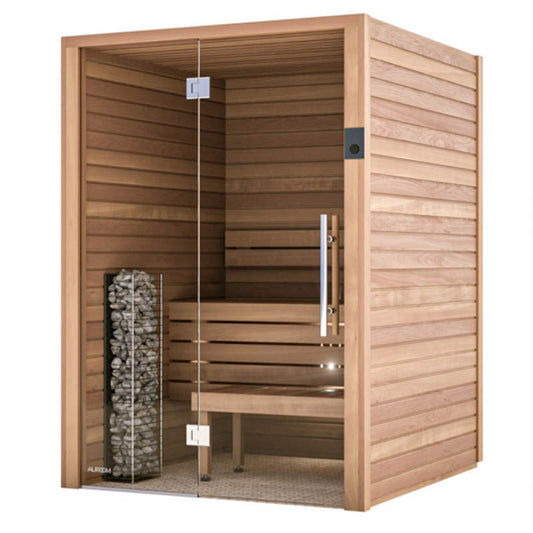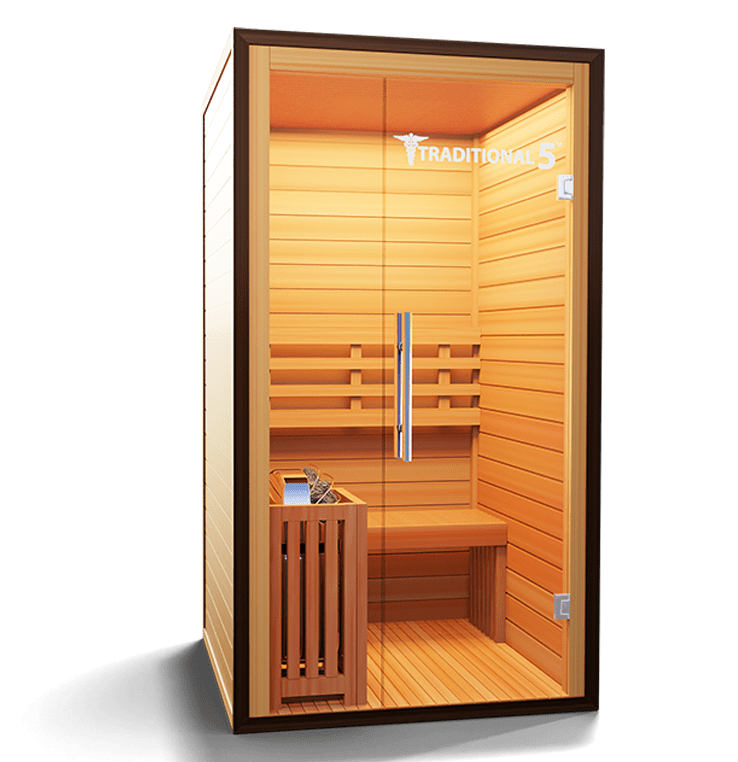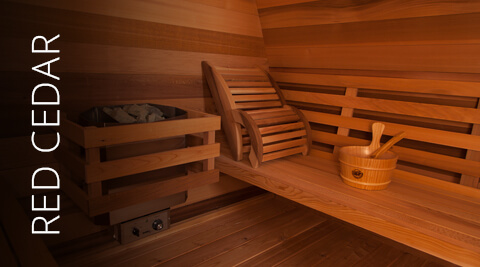The Facts About Traditional Sauna Uncovered
The Facts About Traditional Sauna Uncovered
Blog Article
What Does Traditional Sauna Mean?
Table of ContentsA Biased View of Traditional SaunaAbout Traditional SaunaWhat Does Traditional Sauna Mean?The Single Strategy To Use For Traditional SaunaTop Guidelines Of Traditional Sauna
The majority of the weight lost in a sauna is water loss and is re-gained upon rehydrating. However, certainly sauna can be a vital part of a healthy and balanced fat burning program. To take a look at the distinctions in between traditional and IR saunas, I will certainly separate these right into verifiable, theoretical, and made differences.Hence, the most popular factor in the saunawhich is at the ceiling straight above the sauna heateris typically in between 185 and 190 F. Claims that a conventional sauna goes beyond 200 F is just not real and not suitable for electrical saunas offered in the United States. The temperature for a far-infrared sauna is generally set in between 120 and 140 F; however, unlike the conventional sauna, the goal in and IR area is not to achieve a heat.
As a result of this, the temperature level difference is nearly irrelevant, considering that profuse sweating leads to both sauna kinds, but the technique of warming the body is different. In an IR sauna the bather will really feel warm and will sweat profusely, yet at much lower temperature levels (Traditional Sauna). Hence, if the goal is to spend longer time periods in the sauna, the IR sauna is an excellent choice
When a standard sauna has actually been correctly heated up, the sauna wall surfaces are cozy, the air temperature has accomplished established temperature and the rocks are incredibly warmed. As an intriguing side note, the heated walls and the rocks are emitting far-infrared heat, integrated with the warmed air, to develop an "wrapping up warmth".
Unknown Facts About Traditional Sauna

When the heat is attained, the aspects cycle on and off to preserve the high temperature. Most typical sauna customers take pleasure in pouring water over the rocks to create vapor to elevate sauna humidity levels. The advantages of pouring water over the rocks consist of: making the space much more comfortable, dampening the nasal passages, and permitting the usage of aromatherapy by mixing essential oils with the water.

When the energy goes into the body, it creates the body temperature to raise and eventually causes perspiration. In an infrared sauna click this link it's vital for the emitters/heaters to remain on virtually continuously. Given that there is no mass of rocks to keep warmth, the sauna will cool if the emitters shut down.
As mentioned above, the sauna bather in an infrared space wishes to position himself in front of running emitters to obtain maximum benefit from the warm. The home heating time for both spaces can be really various, depending on exactly how the areas are used. For a conventional sauna, a bather needs to allow 30-40 minutes for the space to accomplish a wanted temperature level and to correctly pre-heat the rocks.
A Biased View of Traditional Sauna
A well created sauna find more will typically attain a temperature level of 150-160 F in concerning 30-40 minutes. For hotter temperatures, the room might require to warm for a longer period.

Conventional saunas often tend to be larger (for review this reason use even more electricity) than infrared saunas, although standard saunas are certainly offered in one and 2 person sizes. For a two-person typical sauna, 5x6 or 5x7 size is most prominent. The leading bench can comfortably seat 2 or 3 people and is likewise enough time to relax during the sauna session.
How Traditional Sauna can Save You Time, Stress, and Money.
The ordinary price per kWH of power in the U.S. is approximately $0.11, so a 4.5 kW heating unit will cost roughly $.50 to run for one hour, if the heating unit runs continuously for one hour. Commonly a sauna heater will run for 75% of the very first hour and 50% of subsequent hours on because the aspects cycle once the set temperature is accomplished.

There is a hardly ever gone over difference in the social experience in between the two rooms. While our society has shed a few of the social benefit of the standard sauna experience, it can be very socially fulfilling (Traditional Sauna). From household time in the sauna, to heart-felt conversations with loved ones, to sauna partiesthe conventional sauna experience can lead to intimate interacting socially
Traditional Sauna for Dummies
A lot of greater end infrared areas include colored light therapy, sound systems and full-glass fronts.
Report this page